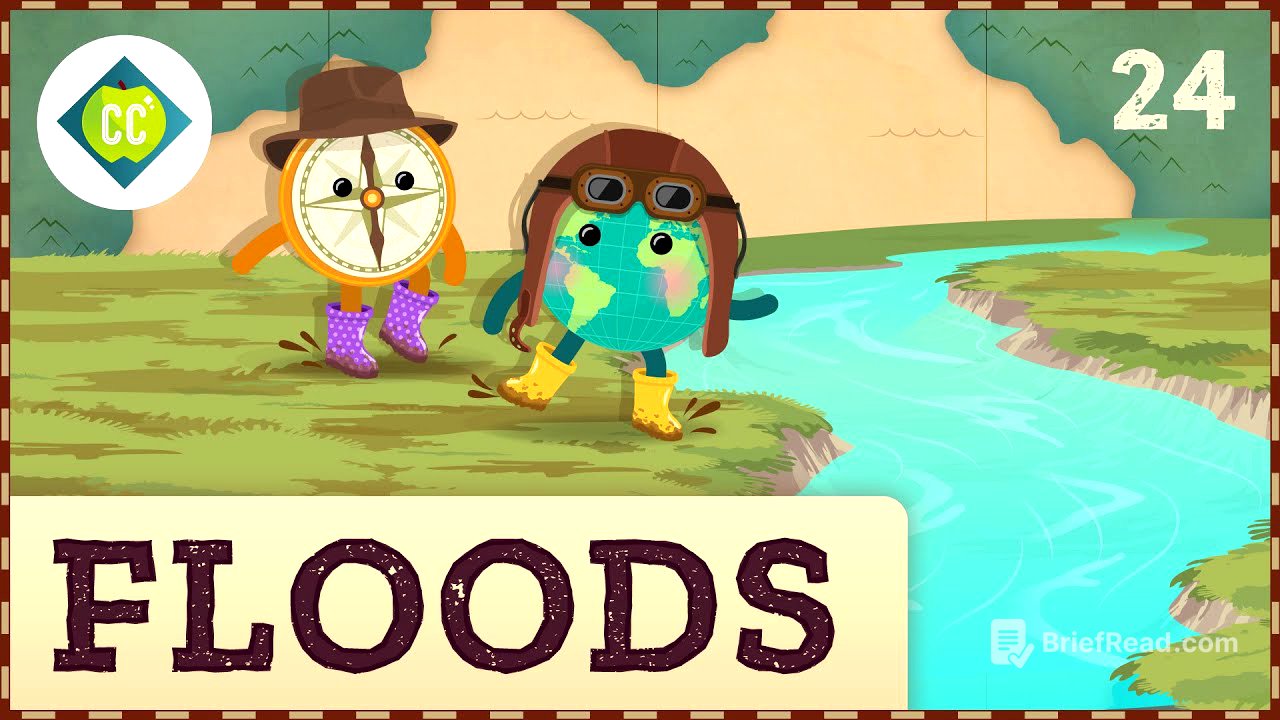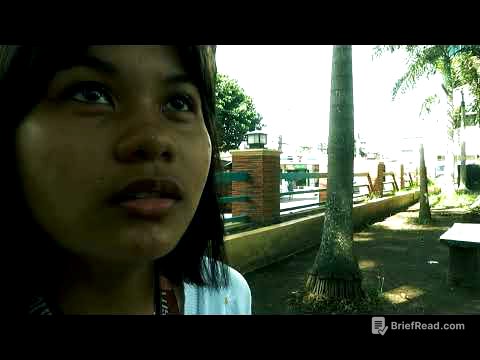TLDR;
This video discusses the relationship between rivers, floodplains, and human activity, focusing on how human modifications to watersheds can exacerbate flooding. It highlights the importance of understanding and working with natural processes, such as maintaining wetlands and vegetation, to mitigate flood risks. The video uses Jakarta, Indonesia, as a case study to illustrate the impact of urbanization, climate, and geology on flooding.
- Rivers and floodplains have historically supported human communities by providing fertile land and water resources.
- Human modifications to watersheds, such as urbanization, dam construction, and wetland removal, can disrupt natural water flow and increase the risk of flooding.
- Wetlands play a crucial role in absorbing water, filtering pollutants, and reducing flood impacts.
- Understanding local watersheds and working with nature can help mitigate flood risks and promote sustainable coexistence with rivers.
Introduction: The Interplay of Floods and Agriculture [0:00]
The video starts by highlighting the connection between agriculture and floods, noting that early communities thrived along rivers due to the fertile floodplains. Regular floods, like those along the Nile, Tigris, and Euphrates Rivers, replenished the soil with nutrients, enabling the cultivation of wheat and other crops. This food surplus allowed for specialization within communities. However, living on floodplains also presents challenges, such as seasonal and catastrophic flooding, requiring humans to understand and balance their relationship with these natural events.
The Fundamentals of River Flow and Flooding [1:26]
The video explains that the amount of water in a river, which is crucial for understanding flooding, depends on the stream's water sources. Stream levels fluctuate based on overland flow (water flowing over the surface) and groundwater flow (water moving through saturated soil). Seasonal streams rely on precipitation, while perennial streams are consistently fed by underground sources. Sudden increases in these water sources can lead to floods. Humans can influence stream flow, both intentionally and unintentionally, making it essential to monitor river levels using tools like hydrographs, which chart water discharge over time.
Case Study: Flooding in Jakarta, Indonesia [3:16]
The video uses Jakarta, Indonesia, as an example to illustrate the factors contributing to major flooding. Jakarta's tropical monsoon climate results in distinct wet and dry seasons, with heavy rainfall concentrated from November to April. The geology of the drainage basin, particularly the prevalence of less permeable rock due to urbanization, prevents water absorption. Jakarta's location in a delta region, where 13 major rivers converge, combined with rising sea levels and groundwater extraction leading to land subsidence, exacerbates the risk of annual flooding.
Human Impact on Watersheds and Floodplains [5:40]
The video discusses how altering floodplains through urbanization, dam construction, and channelization disrupts natural river flow and increases flood risk. Urbanized watersheds become "flashy" due to increased overland flow and reduced groundwater flow, resulting in quick, intense flooding. Channelizing rivers prevents natural erosion and floodplain absorption, increasing water velocity and overflow. The removal of vegetation, including rainforests and mangroves, further reduces water absorption and groundwater recharge.
The Vital Role of Wetlands [7:16]
The video emphasizes the critical role of wetlands in flood control and water filtration. Wetlands act as natural sponges, absorbing water and slowing its flow, while also filtering out impurities and pollutants. Artificial wetlands are sometimes constructed to manage flooding and pollution, such as acid mine drainage. However, the destruction of natural wetlands for development leads to increased flooding and loss of biodiversity, as wetlands are not easily interchangeable.
Coexisting with Rivers: Working with Nature [9:06]
The video concludes by highlighting the ongoing tension between human development and natural river processes. Despite efforts to modify rivers, they tend to revert to their original functions, often exacerbating flood risks. The video suggests working with nature by constructing new wetlands and replanting mangroves to mitigate flood impacts. Understanding local watersheds and promoting vegetation can help reduce flashy tendencies and promote sustainable coexistence with rivers.









